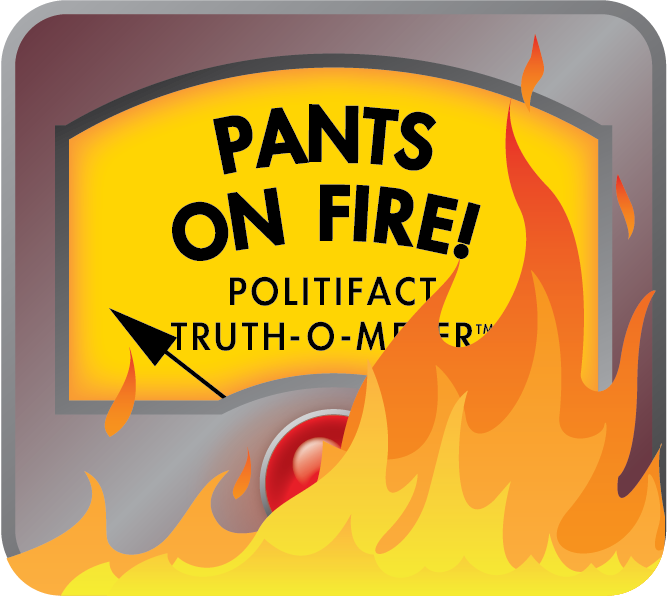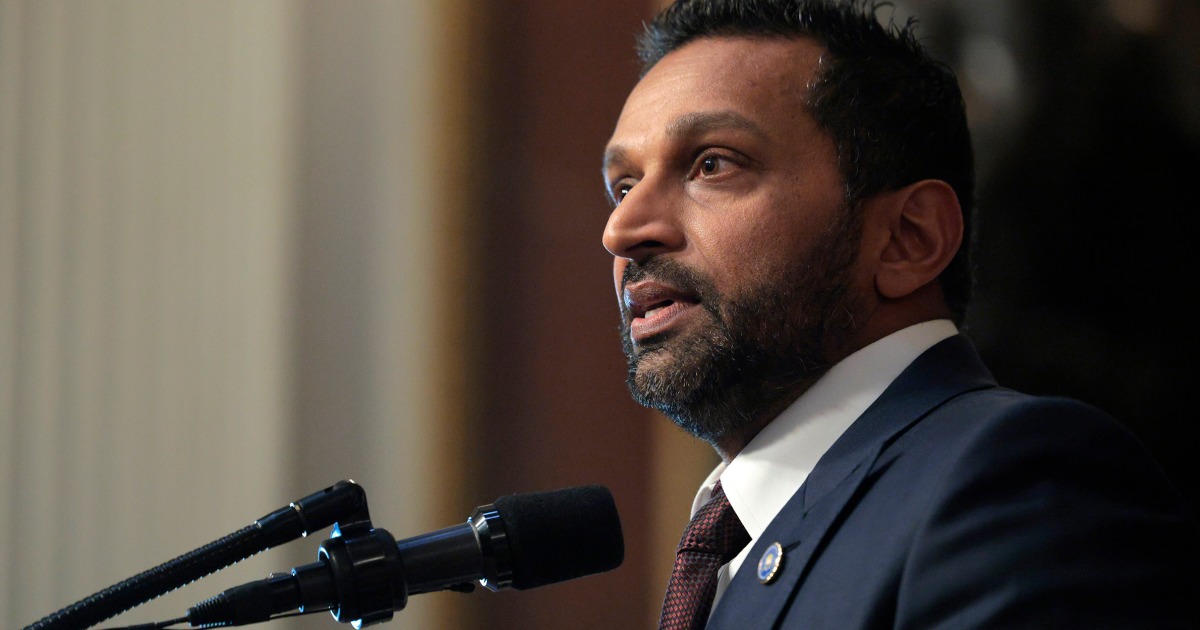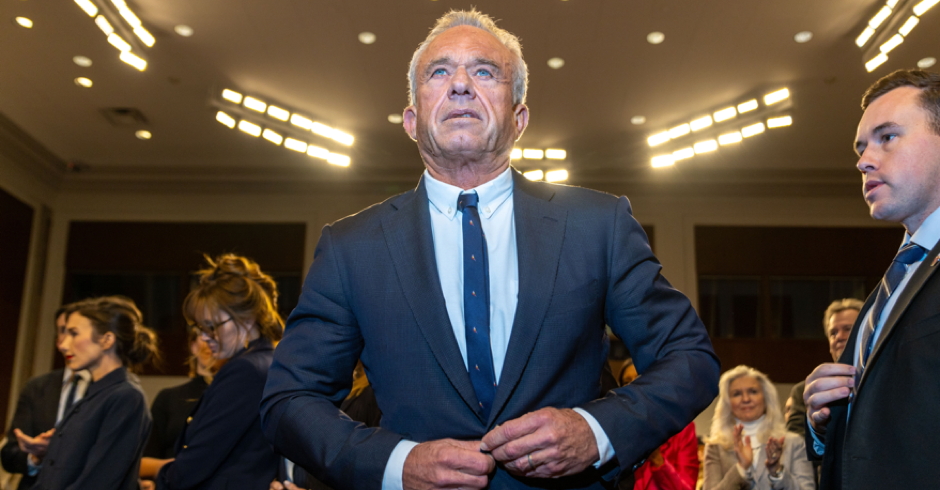COLUMBUS, Ohio—As every Ohio schoolkid learns, the Founding Fathers convened in 1787 to create the U.S. Constitution, which lays out the fundamental governmental and political structure of the United States.
Now, 238 years later, there’s a nationwide effort – including in the Ohio legislature – to hold a second constitutional convention, with the goal of passing amendments that rein in the power of the federal government.
So far, 19 state legislatures have passed resolutions calling for such a convention, and similar legislation has been introduced in 15 additional states, including Ohio. If all 15 of those states pass the resolution, it would meet the constitutional threshold needed to convene a convention.
Backers of a “Convention of the States,” which mostly include conservatives, say while it would be an unprecedented move, it’s also a needed one to reduce government waste and overreach.
However, some Democrats worry that holding such a convention would open up a Pandora’s box of other constitutional rewrites on any number of issues at a particularly volatile time in American politics.
What is a ‘Convention of the States’?
All 27 amendments to the U.S. Constitution made so far have been passed via Congress, after which they were ratified by the needed three-fourths of state legislatures.
But the Constitution also offers another, much lesser-known way to pass amendments. Under Article V, Congress must convene a “convention for proposing amendments” if lawmakers in at least two-thirds of states call for one.
Over the past two centuries, lawmakers in dozens of states have passed resolutions calling for a constitutional amendment on a wide variety of proposed amendments.
That includes the Ohio General Assembly, which over the years has passed at least five resolutions calling for such a convention, including:
- In 1861, just before the start of the Civil War, to hold a general convention
- In 1911 to pass an anti-polygamy amendment
- In 1965 and 1971 for an amendment to return a portion of each citizen’s federal income-tax payments to his or her local governments
- In 2013 to pass a federal balanced-budget amendment.
However, in each of those cases, not enough other states joined Ohio in calling for those proposed amendments to hit the needed two-thirds threshold.
Some have interpreted the Constitution to say that a convention can be held when two-thirds of states call for one for any reason – a threshold that was hit in 1979, according to one Texas congressman – but the fact that no such convention has convened in the ensuing 46 years reflects a general consensus that a convention will only take place once 34 states call for one on the same topics.
What would the convention be about?
The Convention of the States initiative, a nonpartisan group founded in 2013 by conservative attorneys Michael Farris and Mark Meckler, has spent the past 12 years pushing state legislatures to pass identically worded resolutions calling for amendments on three topics:
- Term limits for members of Congress and other federal officials
- Imposing “fiscal restraints on the federal government”
- Limiting “the power and jurisdiction of the federal government”
The Convention of the States picked those three topics because “they’re the ones that are not going to come out of Washington, DC, plain and simple,” said Diane Telles, the organization’s communication coordinator for Ohio.
The topics are broadly worded on purpose, as it will be up to the convention delegates to decide exactly what proposed amendments they want to send to the states for ratification, Telles said.
But Telles pointed to a list of proposed amendments put forward by conservative talk-radio host Mark Levin as possible examples of what a constitutional convention might come up with. Levin’s list includes congressional term limits and a balanced-budget amendment, but it also calls for amendments allowing federal laws to be nullified if two-thirds of the states object, limiting early voting and requiring voters to show a photo ID at the polls.
Telles said she herself would like to see amendments specifying that there are nine U.S. Supreme Court justices (which would prevent future attempts to expand the court) and that Congress can only pass legislation on one subject matter at a time, rather than ram through enormous bills on a litany of topics.
However, Telles said she expects a new constitutional convention would only end up agreeing on proposed amendments that have broad support.
That’s because, before those proposed changes could take effect, they would have to be ratified by at least 38 states, she said. As Republicans currently control 28 state legislatures (including Ohio), that means at least 10 Democratic-held legislatures would also need to approve it as well.
“We want to pass amendments and propose amendments that actually have a chance of passing,” Telles said.
It remains to be seen whether the identically worded resolutions introduced in the Ohio House and Senate will get the support of enough Republicans – particularly, GOP legislative leaders – to pass. While 26 of 65 Ohio House Republicans are cosponsoring the House version of the resolution, only three Senate Republicans are cosponsoring their chamber’s resolution so far.
Besides the resolutions, supporters have also introduced House Bill 67, which would put in place rules, requirements and procedures for Ohio’s delegates to a constitutional convention. While Gov. Mike DeWine doesn’t have power over legislative resolutions (he doesn’t need to sign them, nor can he veto them), he could veto the rules, should they pass.
And, even if the Ohio legislature passes such a resolution, there’s no telling how long it might take to get an additional 14 states to pass similar measures.
“We have a long way to go,” Telles said.
While the Convention of the States has drawn some Democratic support in other states, so far Ohio Democratic lawmakers have consistently rebuffed the group’s attempts to sign on to the effort.
What do opponents say?
Viki Harrison, who directs the constitutional convention program for Common Cause, a left-leaning advocacy group, said that holding a constitutional convention could easily open the door for conservatives to try to get a wish list of priorities into the U.S. Constitution, from restricting voting rights to limiting abortion access.
While the resolutions ostensibly limit the convention to considering only three topics, Harrison said, the topics are so broad that they’re effectively meaningless. And besides, she added, the convention delegates themselves would write their own rules about how to proceed, and the courts wouldn’t be able to stop them.
Harrison said it’s “madness” to allow the same politicians who have gerrymandered political districts and rolled back voting rights to rewrite the U.S. Constitution.
“This is such a dangerous idea, and it just to me smacks of privilege to think that you could control this,” she said, noting that the Founding Fathers gathered in 1787 ostensibly to revise the Articles of Confederation, not create a constitution.
Harrison also questioned the wisdom of opening the door to major constitutional revisions at a time when the nation is politically polarized and President Donald Trump’s presidency has led to major fights over basic tenets of American democracy, such as the balance of power among the three branches of the federal government.
“This is the absolute worst time I would ever do it,” she said.
Jeremy Pelzer covers state politics and policy for Cleveland.com and The Plain Dealer.















